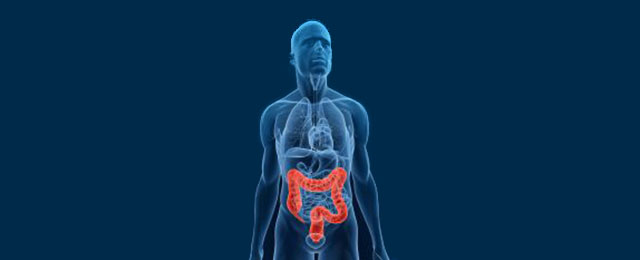Without having to look too far back, we see that the medical practices and surgical practices have evolved and come a long way from what they used to be. In the mid 1900s, there were some surgeries that were done at the patient’s house itself, without the patient being moved to a hospital. Midwives were also in popular demand, and many had their children at home, unlike nowadays where expectant mothers are rushed to hospital to have their children, which is relatively a much easier, safer and more sterile technique. Early medical practices were not as they are now; in fact, many of the illnesses that once killed millions of people in previous centuries can now be cured with modern technology and modern medicine. For example, tuberculosis was a plague that swept across countries and devastated many, but today, it can be cured with relative ease using modern drugs and modern, more improved methods and quality of treatment. This can be attributed to doctors also being more educated and having a much more comprehensive knowledge of biology than they used to before. There are research centers developing new vaccines, thinking up new ways to cure diseases and are constantly endeavoring to find innovative cures to some deadly diseases.Nowadays, surgery is performed with absolute priority given to sterility, hygiene and cleanliness, and the operating theater itself is a highly clean environment, where no one can enter before going through a procedure of cleansing themselves and afterwards, wearing sterile scrubs. We now have surgery like brain surgery, colorectal surgery Brisbane, heart surgery etc, which is performed with such acute precision and dexterity, thus saving lives every minute. Technology has played a huge part in helping to save so many lives, as the tests that we run now rely a great deal on machines and computer systems, not to mention the scans that we need to do which incorporates innovative methods to a great extent.

For many of us, we simply cannot imagine what the world would’ve been like without technological presence in our medical procedures, which are part and parcel of what we undergo medically. For sure, none of us would’ve liked a hernia surgeon for example to perform an operation in the cramped quarters of our home! However, this was not a wonder nor something to gawk at as we do now, as back in the day, this was not an uncommon process.As technology keeps moving forward in line with the magic of people’s ever evolving brains, we never know how many more lives can be saved in the future.
